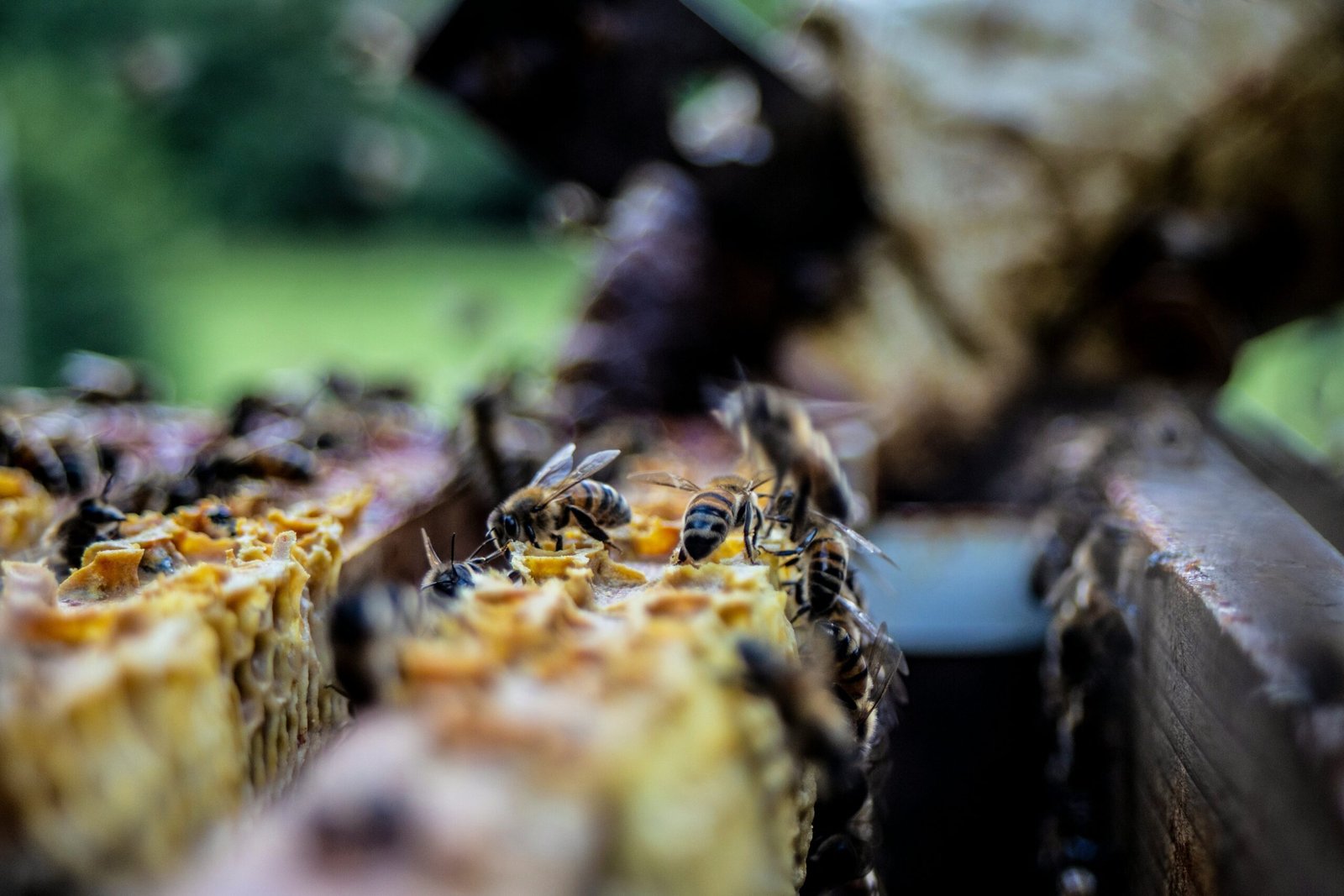Field fires, often used for clearing agricultural residues and managing pests, have long been a controversial practice in farming. While they can temporarily increase soil fertility and reduce disease load, their adverse environmental impacts, such as air pollution, soil degradation, and greenhouse gas emissions, outweigh the benefits. The pressing need for sustainable agriculture demands alternative solutions that can replace field burning without compromising productivity. Advances in biotechnology, including CRISPR-based genetic engineering, RNA interference (RNAi), microbiome manipulation, and biochar application, offer viable pathways to sustainable pest control, disease resistance, and residue management.
The Environmental and Agricultural Impact of Field Fires
Air Pollution and Greenhouse Gas Emissions
Burning crop residues releases large quantities of carbon dioxide (CO2), methane (CH4), and nitrous oxide (N2O), exacerbating climate change (1). In regions like South Asia, seasonal crop burning contributes significantly to air pollution, leading to severe health hazards (2).
Soil Degradation and Loss of Microbial Diversity
Frequent burning depletes essential soil nutrients, particularly nitrogen and organic matter, reducing long-term soil fertility (3). Additionally, soil microbial communities that are crucial to plant health and nutrient cycling are severely impacted.
Pest and Disease Management
While fires can kill pathogens and insect larvae in crop residues, they also disrupt beneficial organisms, leading to unintended ecological consequences. In contrast, biotech approaches offer more targeted solutions.
Biotechnological Alternatives to Field Fires
1. CRISPR-Cas Technologies for Disease and Pest Resistance
CRISPR-Cas9 for Disease Resistance
CRISPR-based genome editing allows precise modifications in crops to enhance resistance against fungal, bacterial, and viral diseases. For example:
- CRISPR-edited wheat with mutations in the MLO gene shows resistance to powdery mildew (4).
- CRISPR-Cas9 has been used in rice to develop resistance against Xanthomonas oryzae, the causative agent of bacterial blight (5).
CRISPR-Cas12 and Cas13 for Pest Control
- Cas12 and Cas13 systems have shown potential in targeting insect pests at the genetic level. Cas13, which targets RNA, has been tested for silencing essential genes in aphids and whiteflies, reducing pest populations (6).
- CRISPR-mediated disruption of genes in Spodoptera frugiperda (fall armyworm) has shown promise for pest control without the need for chemical insecticides (7).
2. RNA Interference (RNAi) for Pest and Disease Control
RNAi-based techniques allow for species-specific pest control by silencing vital genes in insects and pathogens without affecting non-target species. Notable applications include:
- RNAi-mediated resistance in maize against Spodoptera frugiperda, reducing larval damage (8).
- RNAi-based viral resistance in cassava, protecting against cassava brown streak virus (9).
3. Microbiome Engineering and Biofertilizers
Harnessing beneficial microbes offers an eco-friendly alternative to field burning:
- Biofertilizers containing Azospirillum and Rhizobium improve nutrient uptake and soil health (10).
- Engineered microbial consortia have shown potential in degrading crop residues without fire (11).
4. Genetic Engineering for Lignin Modification
Reducing lignin content in crop residues can facilitate natural decomposition, eliminating the need for burning:
- CRISPR-Cas9 has been used to downregulate lignin biosynthesis genes in rice and wheat, leading to faster residue degradation (12).
- Gene-editing strategies have been applied to modify lignin in switchgrass, enhancing its digestibility for biofuel applications (13).
5. Sustainable Crop Residue Management
Biochar Application
Converting crop residues into biochar instead of burning them can improve soil health, carbon sequestration, and nutrient retention. Studies have shown that biochar enhances soil microbial communities and increases crop yields (14).
Bioenergy and Bioplastics from Crop Residues
Instead of burning, crop residues can be converted into bioenergy and bioplastics through microbial fermentation:
- Wheat and rice straw have been successfully utilized to produce bioethanol (15).
- Genetically engineered bacteria have been used to convert crop residues into biodegradable plastics (16).
Conclusion
Biotechnology provides multiple avenues to replace field fires, ranging from CRISPR-mediated genetic modifications to microbial solutions, biochar applications, and sustainable waste management strategies. By integrating these innovations, farmers can achieve higher productivity while mitigating the environmental impact of traditional practices. Policymakers and researchers must collaborate to ensure the adoption of these biotechnological advancements to pave the way for climate-resilient and sustainable agriculture.
References
- https://www.nature.com/articles/s41598-021-97778-0
- https://www.pnas.org/content/117/29/16641
- https://www.sciencedirect.com/science/article/pii/S0048969720363511
- https://www.nature.com/articles/s41467-018-03205-7
- https://www.cell.com/molecular-plant/fulltext/S1674-2052(17)30226-4
- https://www.frontiersin.org/articles/10.3389/fpls.2021.733806/full
- https://pubs.acs.org/doi/10.1021/acssynbio.0c00270
- https://www.nature.com/articles/s41467-020-15894-x
- https://www.frontiersin.org/articles/10.3389/fpls.2020.00407/full
- https://www.sciencedirect.com/science/article/pii/S0929139319303972
- https://www.nature.com/articles/s41538-020-00071-7
- https://academic.oup.com/plphys/article/174/2/1504/6116402
- https://www.sciencedirect.com/science/article/pii/S0269749119328120
- https://www.sciencedirect.com/science/article/pii/S0961953418302097
- https://www.nature.com/articles/s41587-019-0323-6
- https://www.nature.com/articles/s41598-021-97778-0




